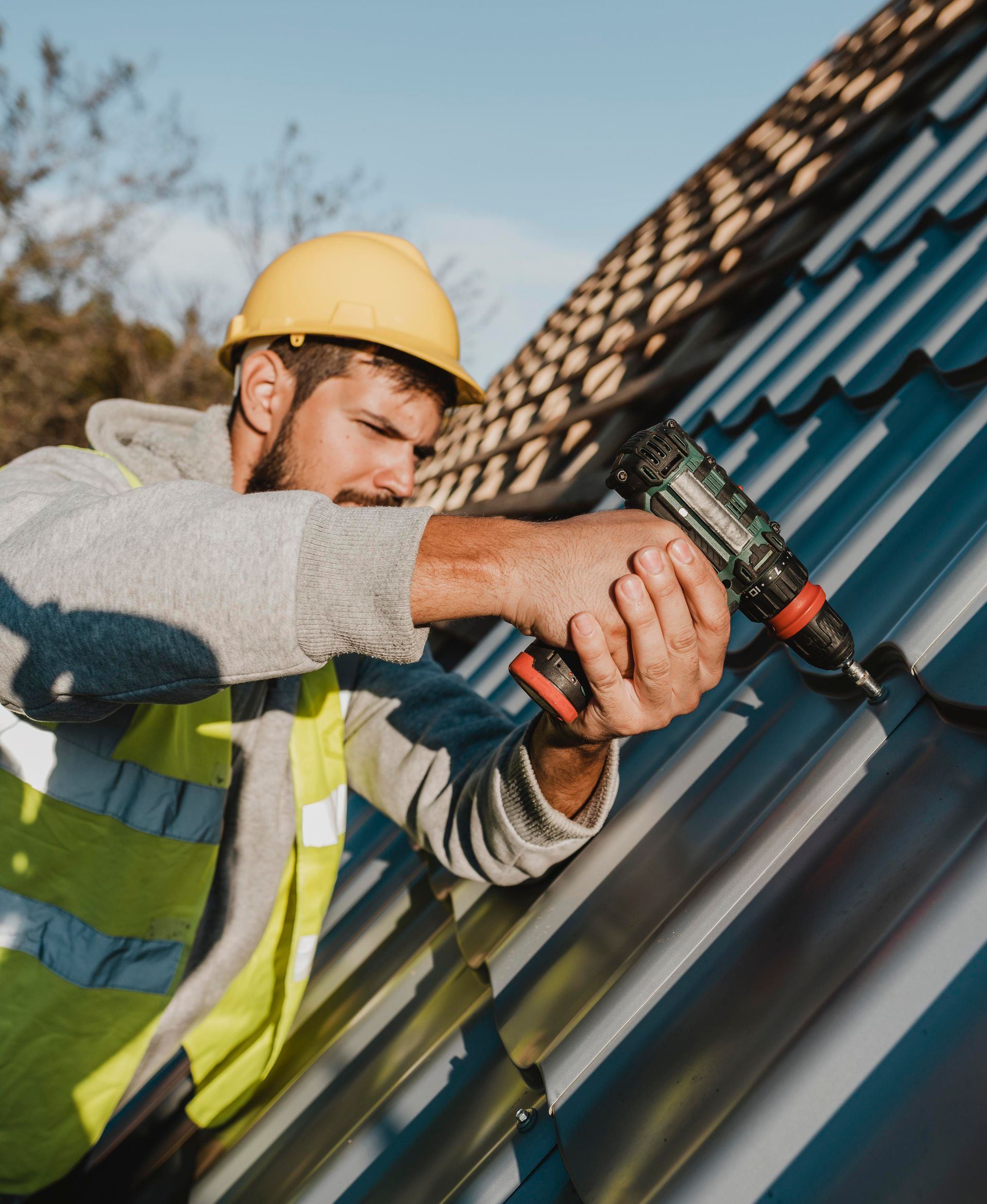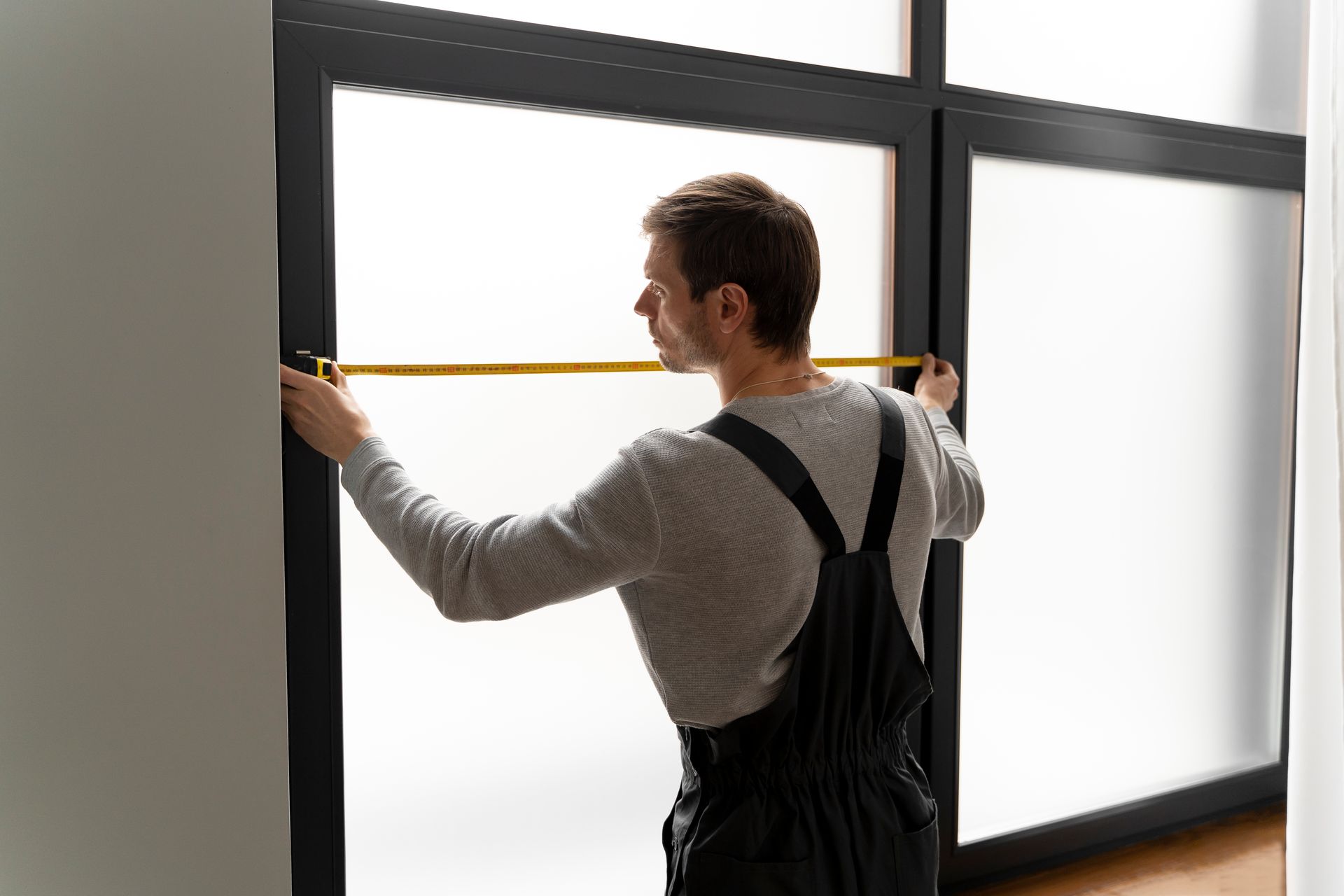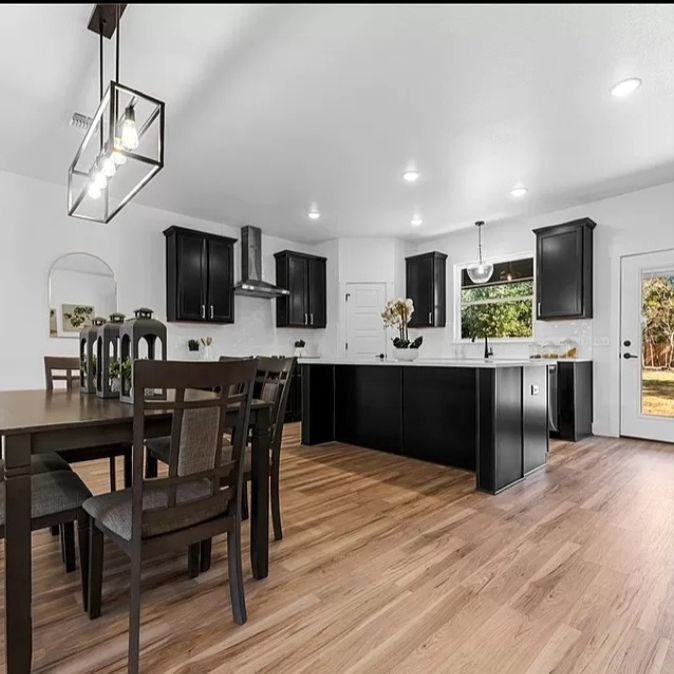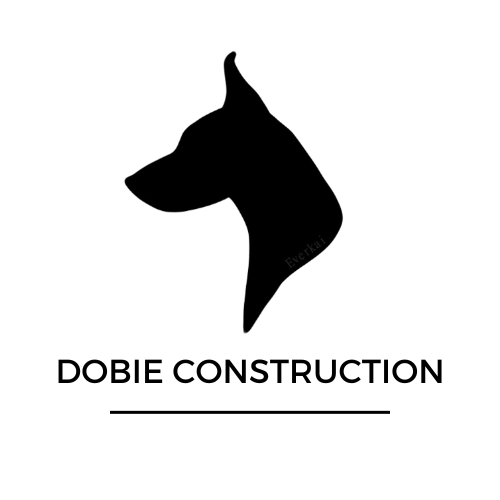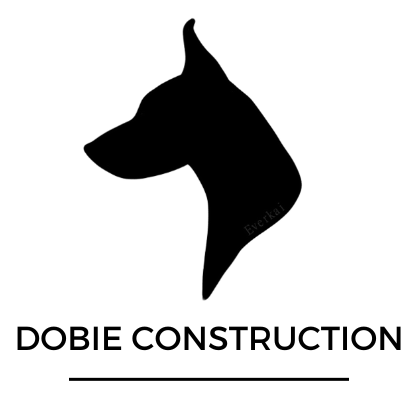Choosing Siding for Different Climate Conditions: What Works Best?
When it comes to choosing siding for your home, climate plays a pivotal role in determining the best material. Siding not only impacts the aesthetic appeal of your house but also its durability, insulation, and overall energy efficiency. Each climate condition presents its own set of challenges, so understanding these factors can help you make an informed decision. This guide explores the best siding options for various climate conditions, from scorching heat to freezing cold, and everything in between.
1. Understanding Climate Challenges
Before diving into specific siding materials, it’s crucial to understand the climate challenges your home might face:
- Hot and Humid Climates: Areas with high temperatures and humidity levels can cause certain siding materials to warp, crack, or deteriorate quickly.
- Cold and Snowy Climates: Freezing temperatures, snow, and ice can put stress on siding, leading to issues like cracking or peeling.
- Coastal and Salt-Air Environments: Coastal areas are exposed to saltwater, which can lead to rusting and corrosion in many siding materials.
- Rainy and Wet Climates: Excessive moisture and rain can lead to issues such as mold, rot, and peeling.
- Dry and Arid Climates: Dry climates can cause materials to become brittle and crack under intense sun exposure.
2. Best Siding Options for Hot and Humid Climates
Fiber Cement Siding: Fiber cement siding is an excellent choice for hot and humid climates due to its durability and resistance to moisture. It’s made from a blend of cement, sand, and cellulose fibers, which makes it resistant to warping, cracking, and insect damage. Fiber cement also offers good insulation, helping to keep your home cooler in the summer.
Vinyl Siding: Vinyl siding is another popular choice for hot and humid climates. It’s lightweight, resistant to moisture, and relatively low-maintenance. Modern vinyl siding also comes in a variety of colors and styles, allowing homeowners to achieve the look they want without compromising on performance.
Metal Siding: Aluminum and steel siding are durable options that perform well in hot and humid conditions. Metal siding is resistant to moisture and can withstand high temperatures without warping or cracking. Additionally, metal siding reflects heat, which can help keep your home cooler.
3. Best Siding Options for Cold and Snowy Climates
Insulated Vinyl Siding: In cold climates, insulated vinyl siding can provide additional insulation to help keep your home warm. The insulation layer reduces heat loss and prevents cold spots, making it a practical choice for frigid weather.
Fiber Cement Siding: Fiber cement siding is also suitable for cold climates due to its resistance to cracking and peeling. It can handle the expansion and contraction that comes with freezing temperatures without losing its integrity.
Engineered Wood Siding: Engineered wood siding is treated to resist moisture and temperature fluctuations, making it a viable option for cold climates. It provides good insulation and maintains its appearance even in harsh weather conditions.
4. Best Siding Options for Coastal and Salt-Air Environments
Vinyl Siding: Vinyl siding is highly resistant to saltwater and doesn’t rust or corrode. It’s also easy to clean, which is a significant advantage in coastal areas where salt spray can accumulate.
Fiber Cement Siding: Fiber cement siding is also a good option for coastal areas. Its composition makes it resistant to moisture and salt, ensuring long-term durability in salty environments.
Aluminum Siding: Aluminum siding is resistant to rust and corrosion, making it a suitable choice for coastal areas. However, it’s essential to ensure that it is properly coated to prevent any potential corrosion over time.
5. Best Siding Options for Rainy and Wet Climates
Fiber Cement Siding: Due to its moisture resistance, fiber cement siding is an excellent choice for rainy and wet climates. It doesn’t absorb water, preventing issues such as mold and rot.
Vinyl Siding: Vinyl siding is also moisture-resistant and can handle heavy rain without warping or peeling. However, proper installation is crucial to prevent water infiltration behind the siding.
Metal Siding: Metal siding, especially when properly coated, can withstand heavy rain and prevent moisture-related issues. It’s essential to ensure that the siding is well-sealed and that all joints are properly flashed.
6. Best Siding Options for Dry and Arid Climates
Stucco Siding: Stucco is a traditional siding option that works well in dry climates. It’s durable and provides excellent insulation against temperature fluctuations. Stucco also has a natural ability to withstand intense sunlight and heat.
Fiber Cement Siding: Fiber cement siding is also suitable for dry climates. It’s resistant to sun damage and won’t crack under intense heat. Its durability ensures that it maintains its appearance and performance over time.
Metal Siding: Metal siding can handle the extreme sun exposure typical of dry climates. It reflects heat and doesn’t become brittle, making it a durable option for homes in arid regions.
7. Additional Considerations
Maintenance: Some siding materials require more maintenance than others. For example, wood siding needs regular staining or painting, while vinyl and fiber cement require minimal upkeep.
Energy Efficiency: Consider how siding materials impact your home’s energy efficiency. Insulated siding options can help reduce heating and cooling costs.
Aesthetic Appeal: Choose a siding material that complements your home’s architectural style and personal preferences. Modern siding options come in various styles and colors to match different design tastes.
Cost: Factor in both the initial cost and long-term maintenance expenses when choosing siding. While some materials may have a higher upfront cost, their durability and low maintenance requirements may result in cost savings over time.
Selecting the right siding for your home involves considering the climate conditions and how different materials will perform under those conditions. Fiber cement, vinyl, metal, and stucco are all strong contenders, each offering unique benefits tailored to specific environmental challenges. By understanding the climate-specific needs and characteristics of each siding material, you can make an informed choice that ensures the longevity, efficiency, and beauty of your home.



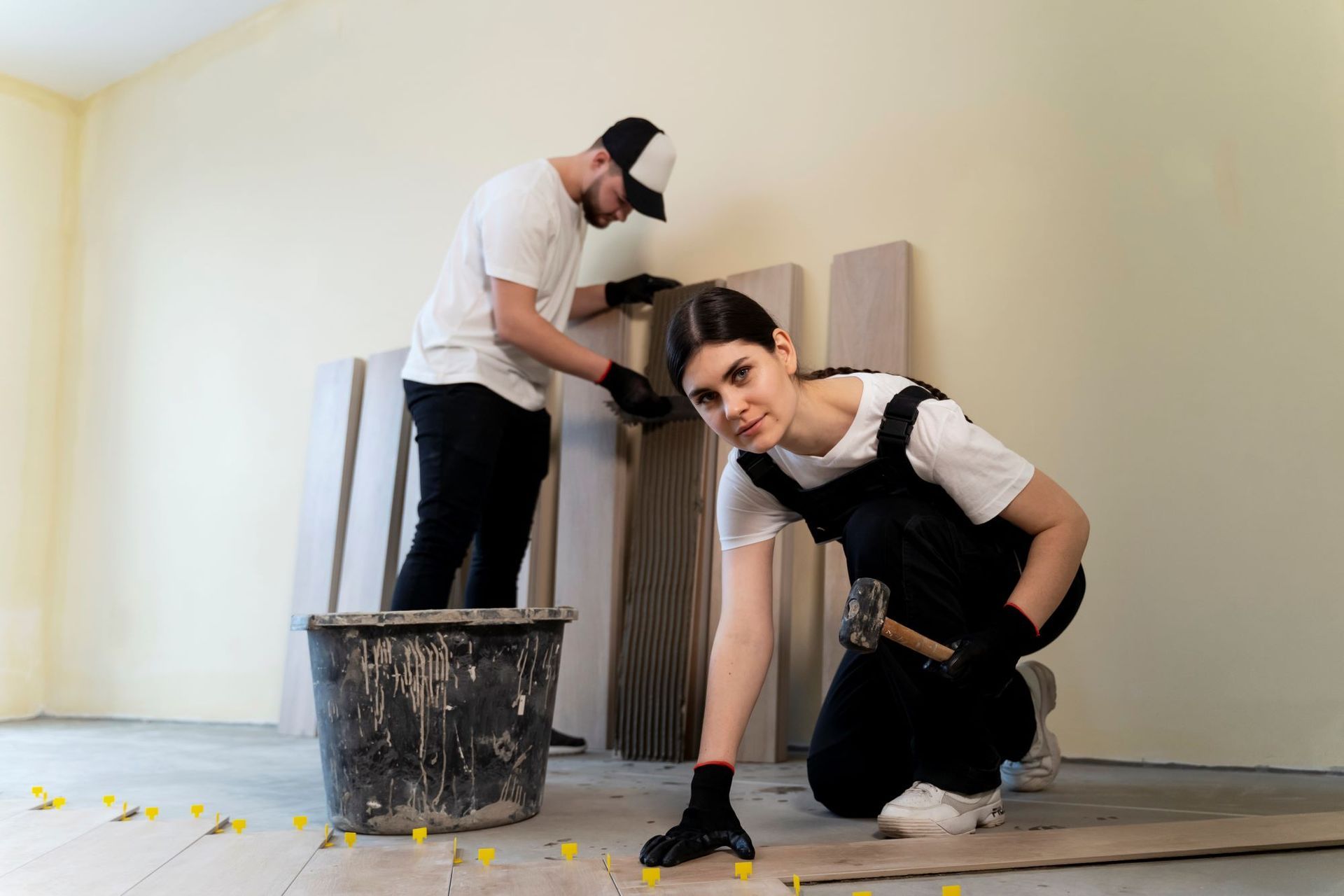
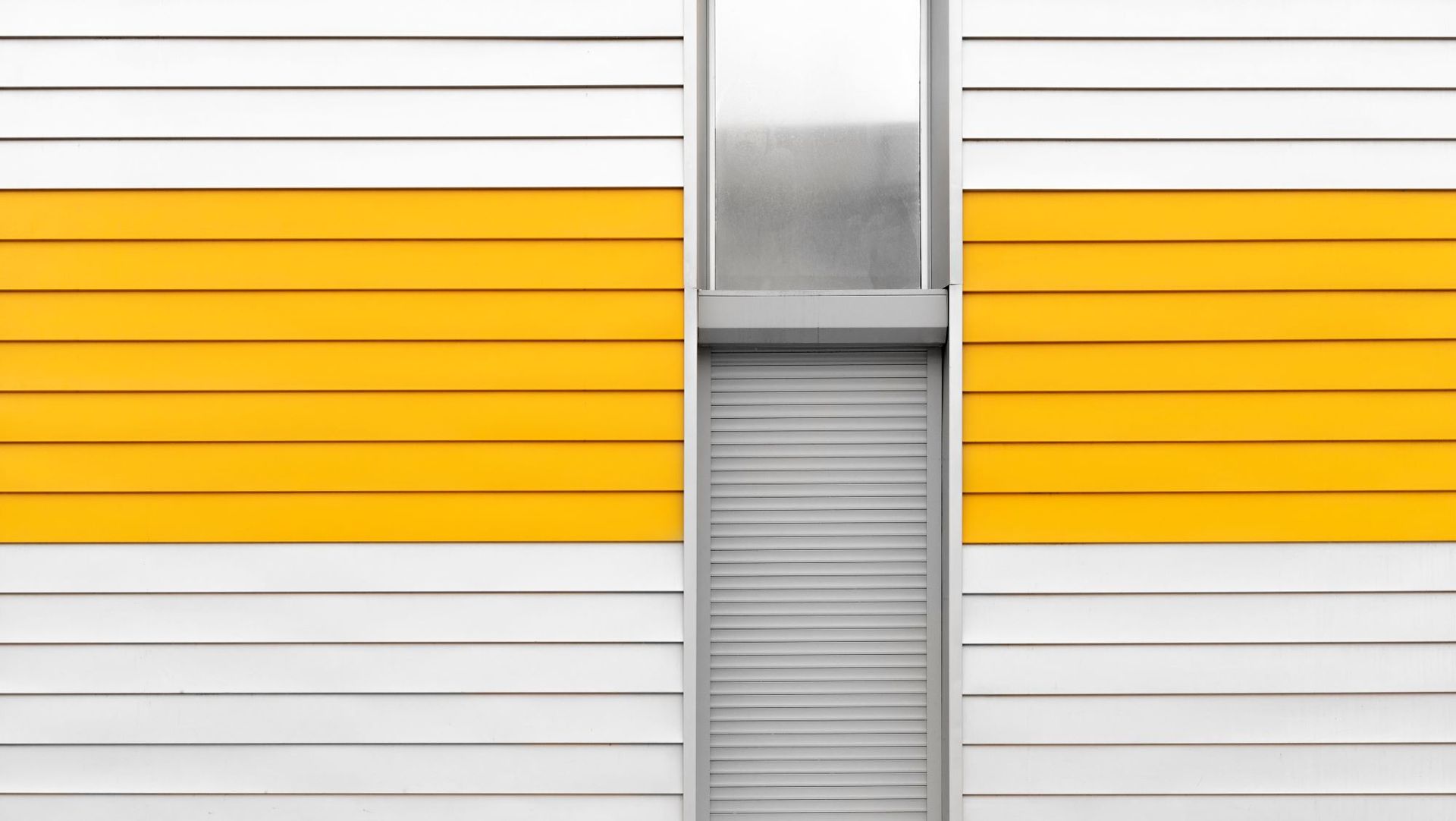
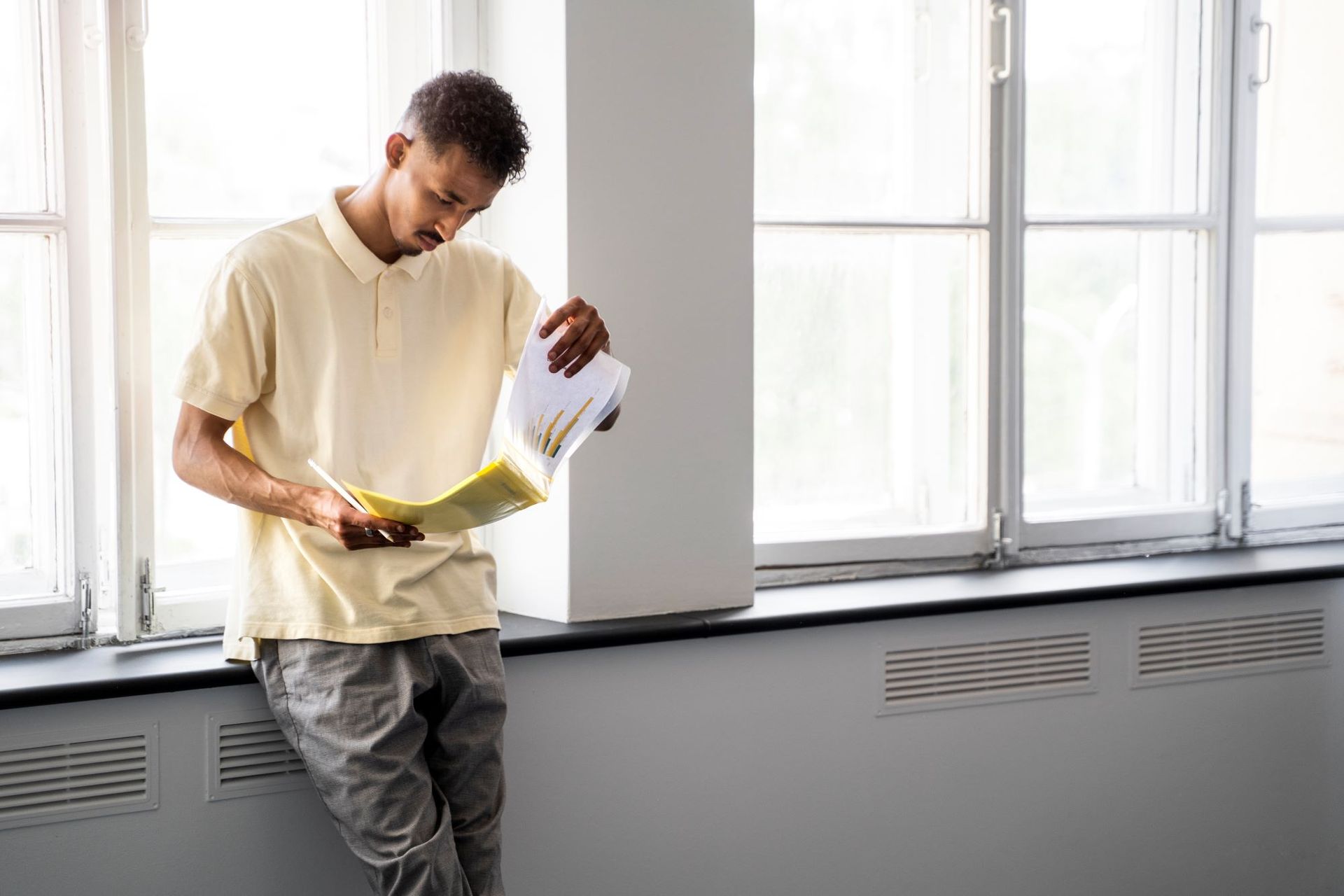

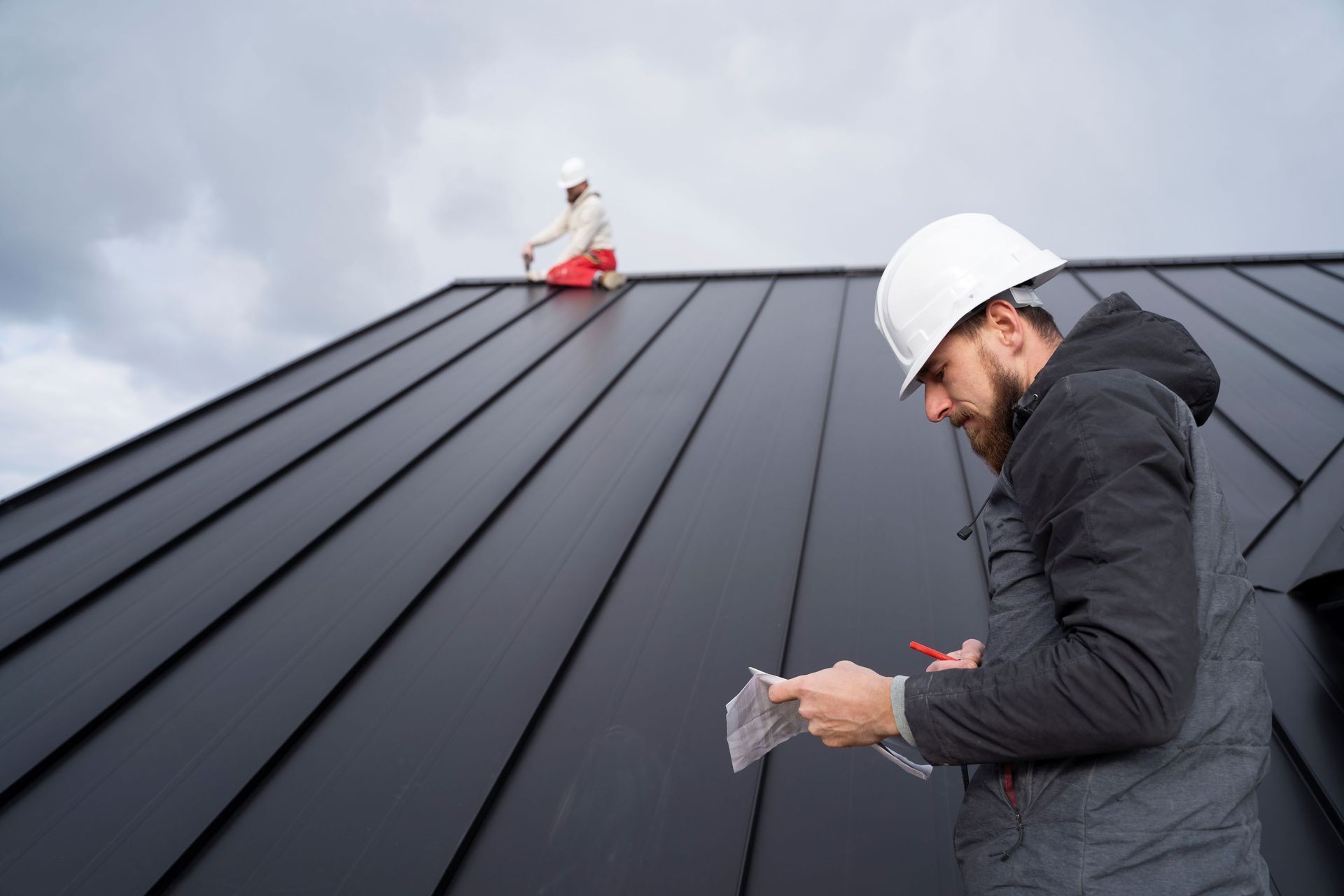
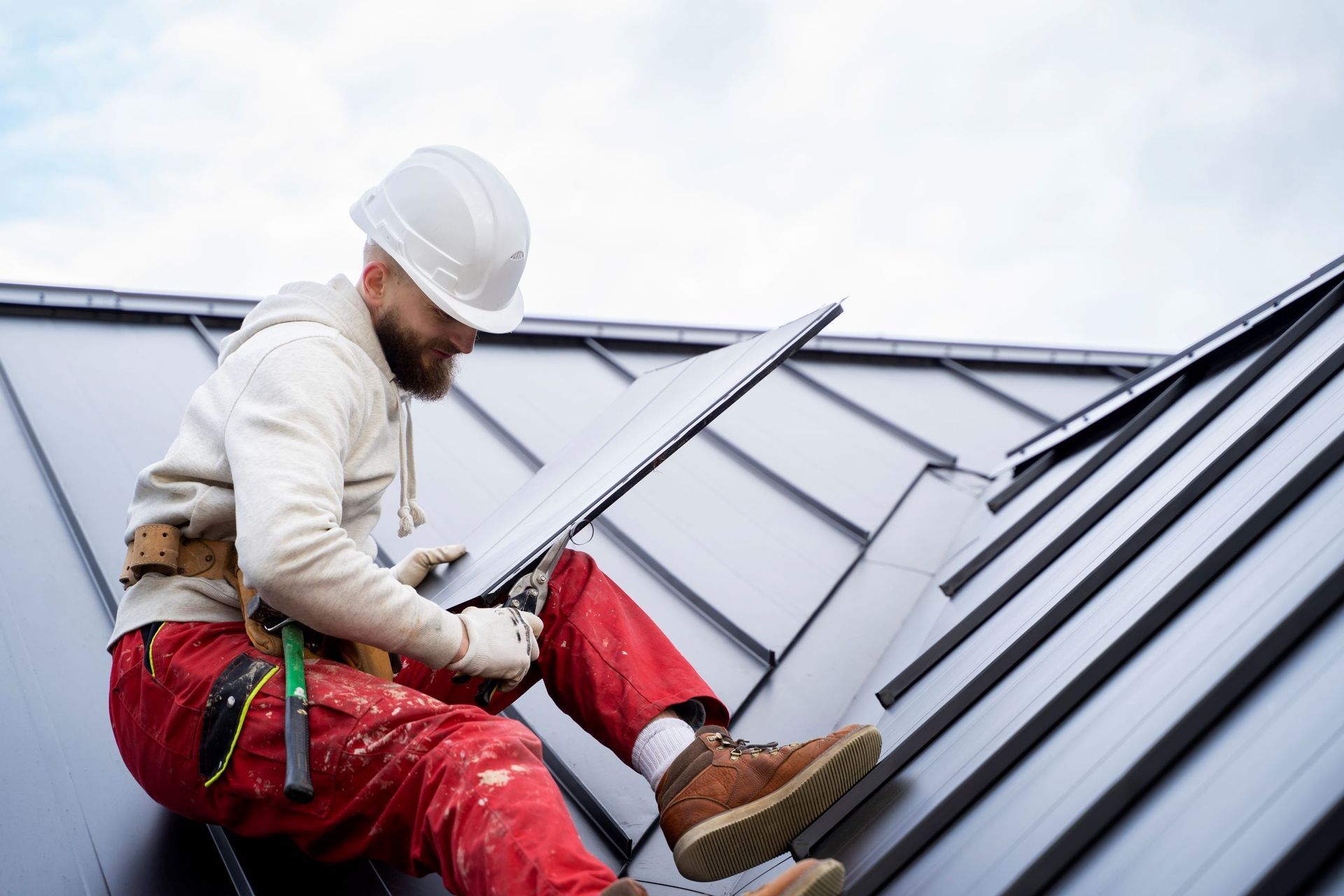
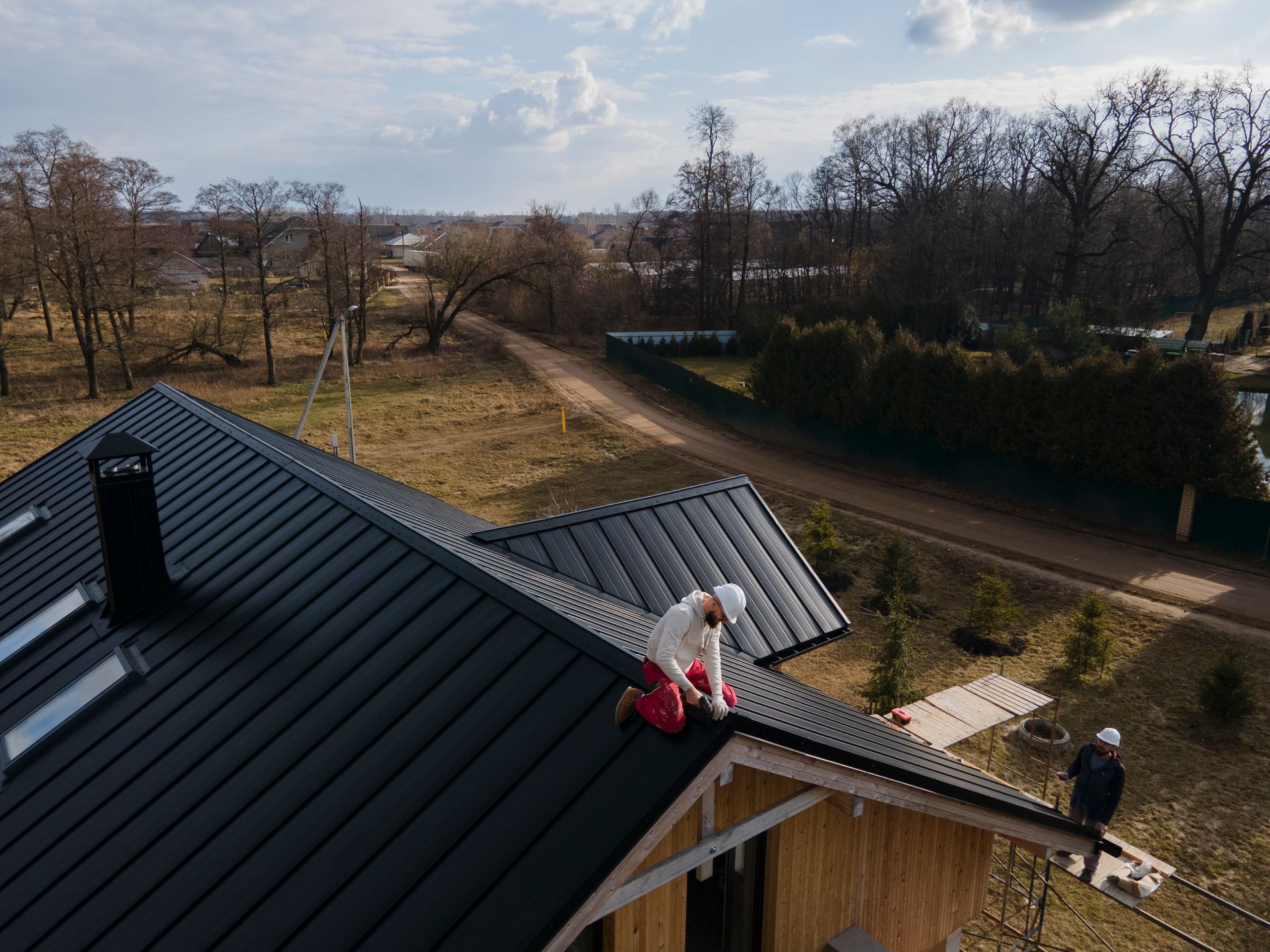
Let’s talk about your project
Fill out the form, or call us to set up a meeting at
We will get back to you as soon as possible.
Please try again later.
© 2024 All Rights Reserved Dobie Construction LLC
Privacy Policy
